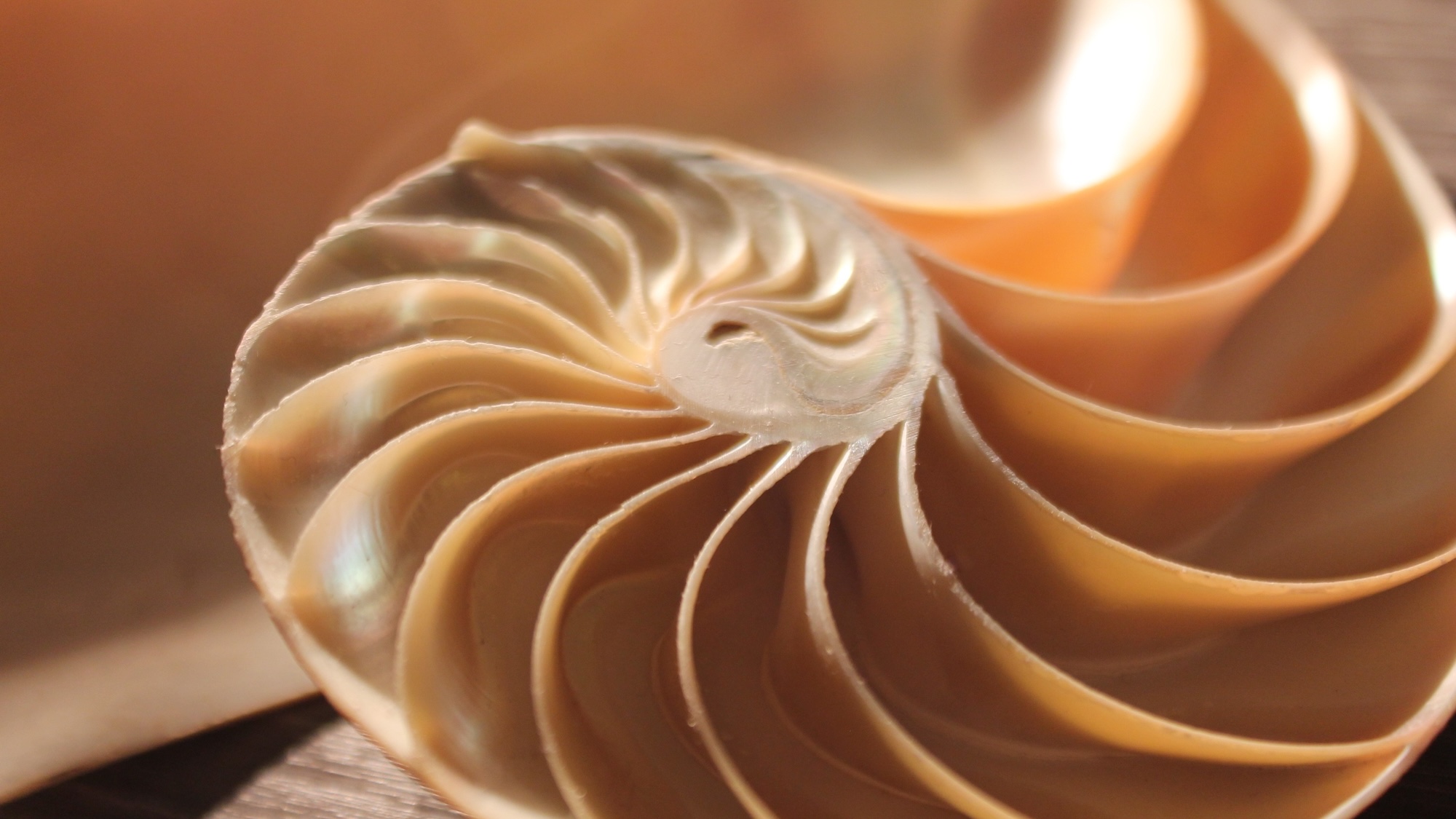Gadgets
Mathematicians define a new shape—and you’ve probably seen it

A newly defined geometric shape has emerged, known as a “soft cell.” Mathematicians have identified these shapes as geometric building blocks with rounded corners that can interlock at cusp-like corners to fill a two- or three-dimensional space. The concept of soft cells may seem rudimentary, but it presents a new classification in geometry.
Chaim Goodman-Strauss, a mathematician at the National Museum of Mathematics, commented on the significance of this classification, stating that no one has explored this concept before. The discovery highlights the basic elements that mathematicians are still discovering.
[Related: How to prove the Earth is round.]
For thousands of years, experts have known that specific polygonal shapes like triangles, squares, and hexagons can cover a 2D plane without gaps. In the 1980s, researchers found structures like Penrose tilings that could fill a space without repeating arrangements. Gábor Domokos and his team at the Budapest University of Technology and Economics have delved deeper into these concepts, exploring periodic polygonal tilings and rounded corners.
Published in the September issue of PNAS Nexus, the results reveal soft cells as rounded forms that can fill a space entirely by deforming corners into cusp shapes. Using a new algorithmic model, the mathematicians studied the possibilities of shapes following these new rules. Soft cells require at least two cusp corners in 2D space, but in 3D, they can fill volumetric spaces without such corners.
Natural examples of soft cells can be seen in an onion’s cross-section, biological tissue cells, and river erosion-formed islands. In 3D, soft cell shapes are found in segments of nautilus shells. Observing these mollusks provided insight into the characteristics of soft cells, with their compartment cross-sections resembling 2D soft cells with pairs of corners.
The simplicity of soft cells may have contributed to why geometers did not define them concretely for centuries. Domokos suggests that the richness of polygonal and polyhedral tilings in the mathematical world may have limited the need to explore soft cells until now.
Architectural designs like the Heydar Aliyev Center and the Sydney Opera House utilize the principles of soft cells to achieve their iconic rounded features, highlighting the intuitive understanding of these designs that humans have had for years.
-

 Destination9 months ago
Destination9 months agoSingapore Airlines CEO set to join board of Air India, BA News, BA
-

 Breaking News10 months ago
Breaking News10 months agoCroatia to reintroduce compulsory military draft as regional tensions soar
-

 Gadgets4 months ago
Gadgets4 months agoSupernatural Season 16 Revival News, Cast, Plot and Release Date
-

 Tech News1 year ago
Tech News1 year agoBangladeshi police agents accused of selling citizens’ personal information on Telegram
-

 Productivity12 months ago
Productivity12 months agoHow Your Contact Center Can Become A Customer Engagement Center
-

 Gadgets1 month ago
Gadgets1 month agoFallout Season 2 Potential Release Date, Cast, Plot and News
-

 Breaking News10 months ago
Breaking News10 months agoBangladesh crisis: Refaat Ahmed sworn in as Bangladesh’s new chief justice
-

 Toys12 months ago
Toys12 months ago15 of the Best Trike & Tricycles Mums Recommend



















